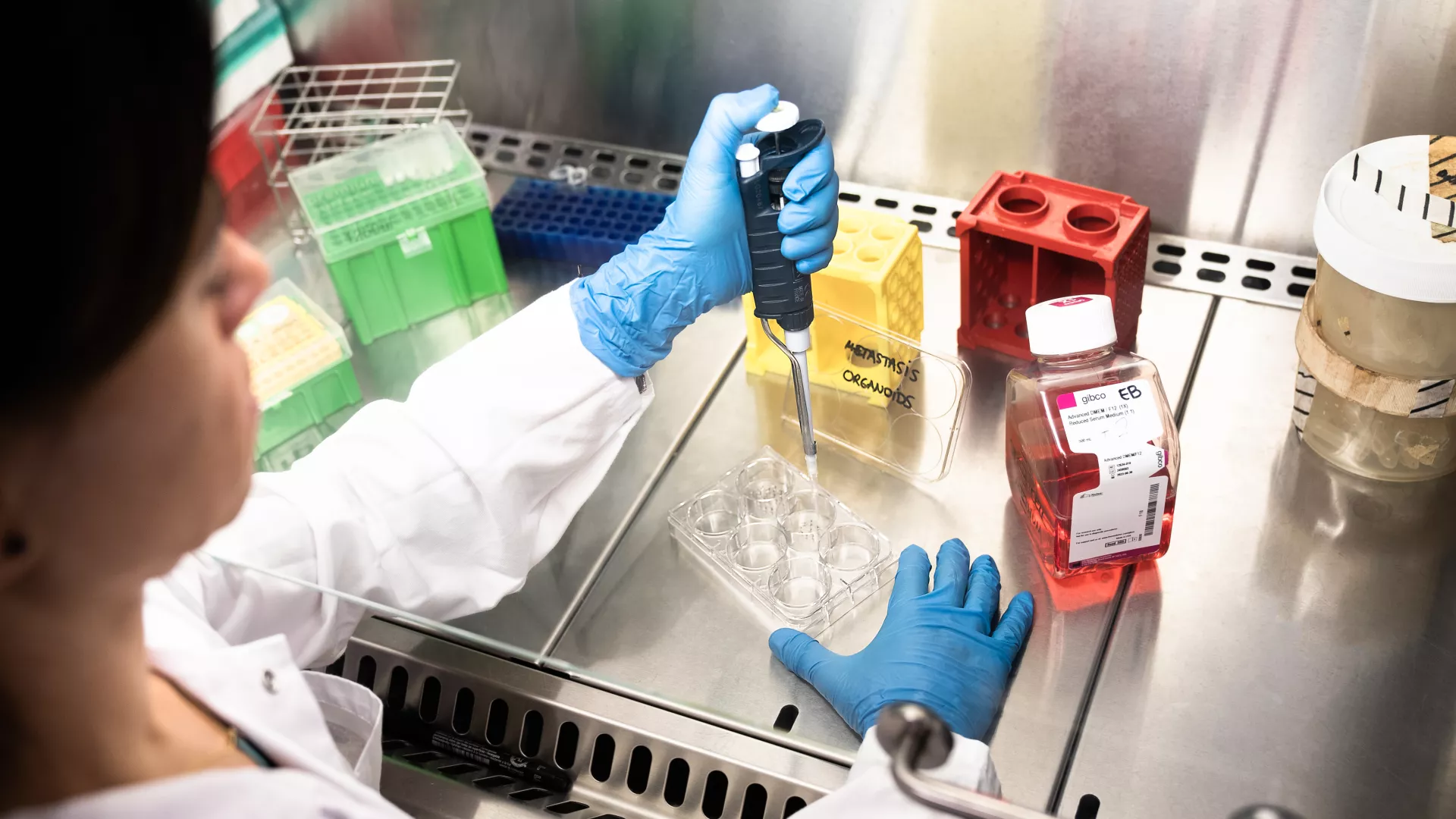Images
Participants



Contact

• Researchers at IRB Barcelona identify critical spots on the genome where gene editing could cause an unwanted response, and they provide recommendations for safer approaches.
• The results have been published in Nature Communications.
CRISPR/Cas9 is a commonly used, very precise, gene editing technique whose development, by Jennifer A. Doudna and Emmanuelle Charpentier, was recognised with the 2020 Nobel Prize in Chemistry. Commonly known as “genetic scissors”, CRISPR allows the introduction of the desired DNA sequence into (virtually) any spot of the genome, thus modifying or inactivating a gene. This technique is widely used in biomedical research and some CRISPR-based therapies are in clinical trials for the treatment of human blood disorders, some types of cancer and HIV, among other conditions.
Scientists at IRB Barcelona, led by ICREA researcher Dr. Fran Supek, have now reported that, depending on the targeted spot of the human genome, CRISPR gene editing can give rise to cell toxicity and genomic instability. This unwanted effect is mediated by the linchpin tumour suppressor protein p53 and is determined by the DNA sequence near the editing point and various epigenetic factors in the surrounding region.
Using computational methods, researchers in the Genome Data Science lab have analysed the most popular CRISPR library designed for human cells and have detected 3,300 targeted spots that show strong toxic effects. The work, published in Nature Communications, also reports that around 15% of the human genes contain at least one toxic editing point.
"Our work addresses an important issue with TP53-associated toxicity of Cas9, which was a matter of some controversy recently, and it also provides guidelines on how to sidestep the problem. Avoiding editing in these “risky” spots would not only make CRISPR editing more efficient but, more importantly, safer," Dr. Supek explains.
A specific gene can be edited in a variety of positions. "The regions of the gene that are important for regulation or have certain epigenetic markers are the ones most likely to trigger the p53 response and should, therefore, be avoided as a general recommendation," says Dr. Miguel-Martin Álvarez, a lead researcher on the study.
p53-mediated toxicity and tumorigenesis
p53 is a protein known as the guardian of the genome. It detects DNA damage and leads the cells to stop dividing and can cause programmed death, thus preventing them from reproducing and expanding the “mistakes” in their DNA. Therefore, p53 underlies a natural protection mechanism against cancer and other DNA damage-related complications.
CRISPR gene editing often requires cutting both DNA strands. In some cases, this manipulation can trigger a p53 response, in which edited cells can be “tagged” as damaged and are then eliminated, thus reducing the efficiency of the gene editing process.
However, the main complication regarding p53 and gene editing is that cells that overcome CRISPR editing might do so precisely because of defective p53 functioning. That is to say, these cells may be less able to detect DNA damage and/or tag cells for programmed death. As a result, the gene editing procedure could end up favouring cell populations that have unstable genomes, meaning they are prone to accumulating further mutations, thus increasing the risk of developing malignancies.
"This unwanted consequence might incur a risk of genomic instability, which is highly undesirable in the context of ex vivo CRISPR therapies, in which cells from a patient are edited in the lab and reintroduced back into the patient. We hope that our study provides some guidelines on how to design safer CRISPR reagents, and encourages further research into this issue," concludes Dr. Supek.
The work has been carried out with funding from the European Research Council and the Spanish Ministry of Science and Innovation.
Related article:
TP53-dependent toxicity of CRISPR/Cas9 cuts is differential across genomic loci and can confound genetic screening
Miguel M Álvarez, Josep Biayna & Fran Supek
Nature Communications (2022) DOI: 10.1038/s41467-022-32285-1
About IRB Barcelona
The Institute for Research in Biomedicine (IRB Barcelona) pursues a society free of disease. To this end, it conducts multidisciplinary research of excellence to cure cancer and other diseases linked to ageing. It establishes technology transfer agreements with the pharmaceutical industry and major hospitals to bring research results closer to society, and organises a range of science outreach activities to engage the public in an open dialogue. IRB Barcelona is an international centre that hosts 400 researchers and more than 30 nationalities. Recognised as a Severo Ochoa Centre of Excellence since 2011, IRB Barcelona is a CERCA centre and member of the Barcelona Institute of Science and Technology (BIST).




